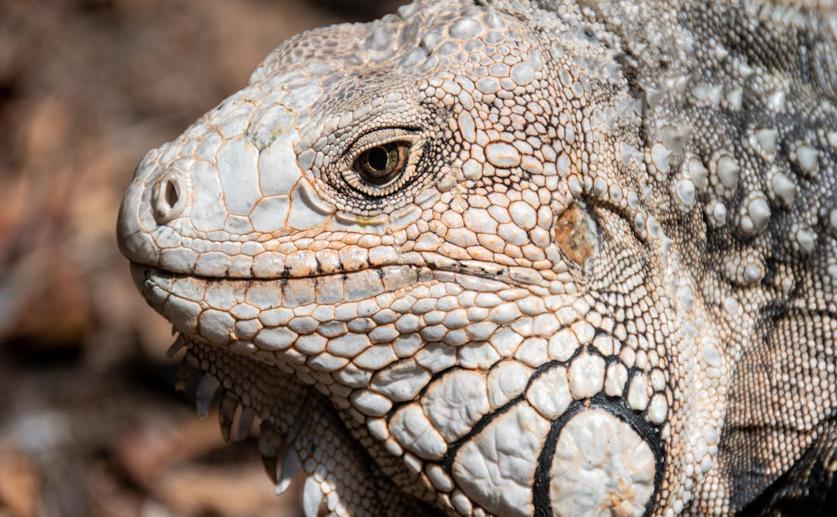
Color Patterns in Mediterranean Wall Lizards
Jenn Hoskins
28th April, 2024

Image Source: German Rojas (photographer)
Key Findings
- Study in Mediterranean finds lizard color varies with island size and temperature
- Lizards on smaller islands tend to be darker, possibly due to less predation risk
- Color variations in lizards are not strictly inherited but influenced by the environment
References
Main Study
1) Environmental colour pattern variation in Mediterranean Podarcis
Published 25th April, 2024
https://doi.org/10.1186/s12862-024-02242-1
Related Studies
2) Thermoregulation constrains effective warning signal expression.
3) Conspicuous male coloration impairs survival against avian predators in Aegean wall lizards, Podarcis erhardii.
4) Does relaxed predation drive phenotypic divergence among insular populations?



 22nd April, 2024 | Greg Howard
22nd April, 2024 | Greg Howard